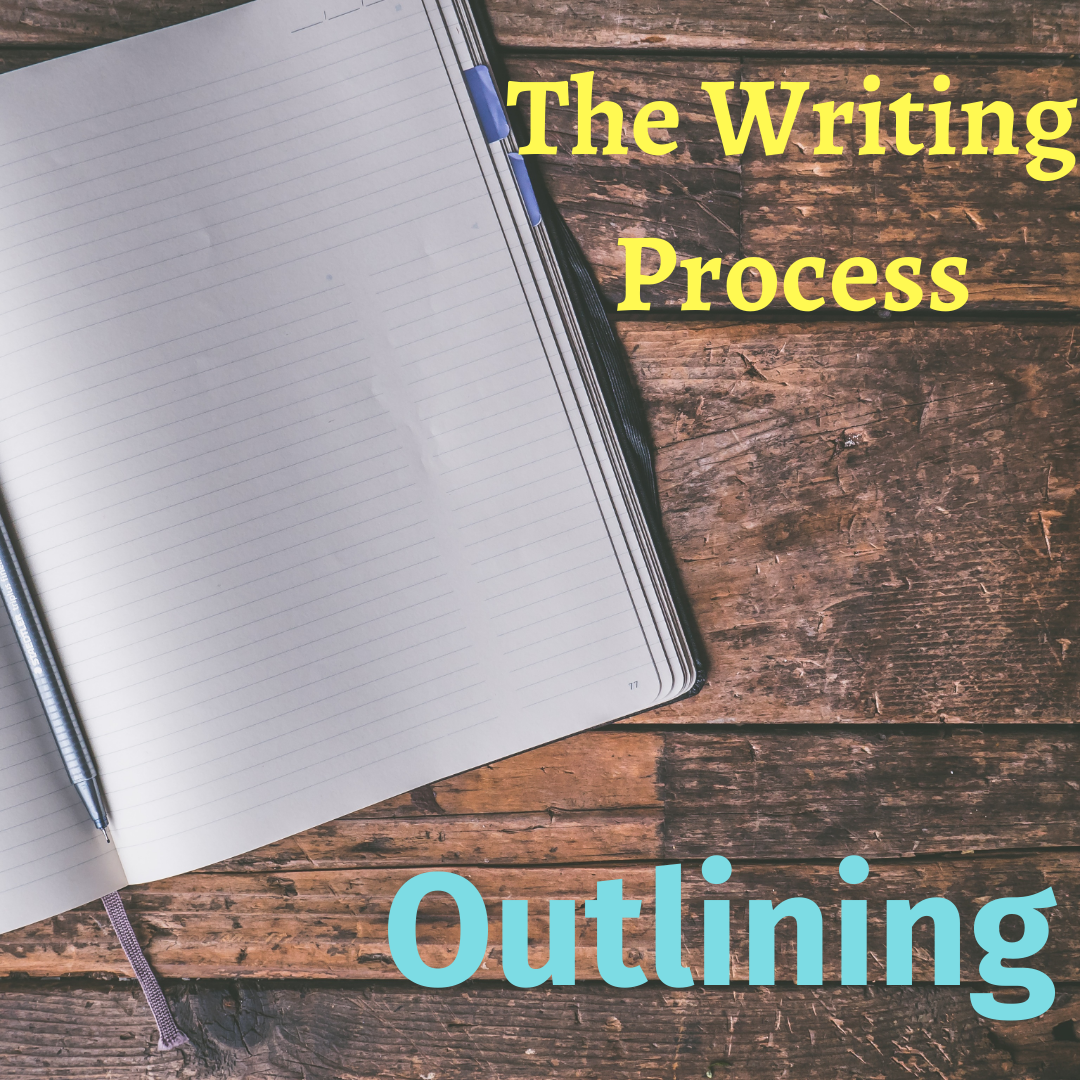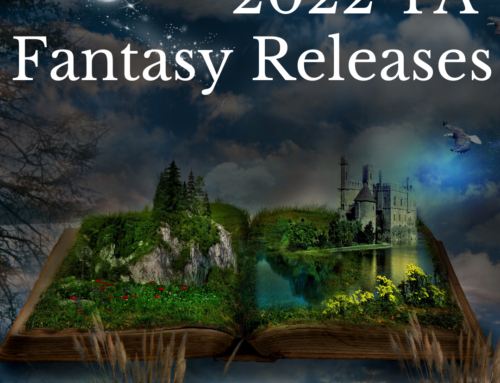
The novel outline sometimes get a bad rep in the writing community. Some view them as horrid things that stifle creativity and turn writing into work with rigid rules. I wonder if this happens because when you hear outline, you think of the kind you learned in school as the necessary step before a paper, essay or presentation. It can feel like an unnecessary extra step, unless you understand the power of an outline done well. A novel outline is the skeleton frame for your story to help you visualize all the important aspects of constructing a novel. It’s a process to help you organize the thoughts and ideas you have related to your story. Some find it helpful to think of it as a road map to help show the way along your novel-writing journey.
An outline is NOT a method to suck out all the fun and creativity of writing a novel. I actually enjoy the outlining stage most in the writing process because it’s where all my ideas become tangible things. There’s a misconception that outlines set things in stone preventing you from exploring where the story wants to go as you write the first draft. That’s not true at all. The outline is a working document. It’s not uncommon for me to realize the story is going a different way than my outline, so I simply go back and update my outline. Flexibility and outlines can co-exist.
Benefits of a Novel Outline
Let’s assume I’ve convinced you already that outlining isn’t the horrible, inspiration killing thing some people fear. But is that reason enough to spend time outlining instead of writing? I think so. Here are some reasons why:
- It saves time during the first draft: Knowing what happens means less stopping to think. It also prevents writer’s block from zapping hours or days of writing time and assists in maintaining your focus.
- Helps you see the whole picture: Seeing your story mapped out makes plot holes or missing structural points more obvious. It can also identify if anything is out of sequence or unbalanced (i.e. too much of one character and not enough of another).
- Record all your ideas before you forget them: This is the greatest benefit for me personally. I’m less likely to forget a random thought or idea I have because I add them all to the outline. And if I think of them while I’m writing, it’s easy to put it in the outline and keep things organized.
- Could reduce revisions later on: Knowing where you’re going from the beginning and the best way to get there decreases your chances of getting lost, which means less things you have to change and revise. Plus, as pointed out earlier, if you have less plot holes, less work to do after the first draft.
- Avoid dead-end plot twists: Want to know if a plot twist pays off and is properly set up? Map it out in an outline!
- Allows for more intentionality in your writing: Whether it’s adhering to a certain structure or centering the story on a certain theme, outlines help make sure your story achieves those goals and that every aspect of good story telling is there.
- Clearer character arcs: This is one of the hardest aspect of story telling for me. But outlining helps me see the individual characters, how they contribute to the plot, and how they change from beginning to end. It also helps me ensure I have enough scenes to show the character development (or too many) and that each scene contributes to the arc and isn’t superfluous.
General Notes for Every Novel Outline
While I’d be misleading if I told you there’s only one tried and true way to outline, I will insist that there are several general guidelines it’s helpful to have all outlines follow to make your first draft tighter.
- Craft your premise: A 1-3 sentence statement that introduces the protagonist, the situation, the protagonist’s objective, how the protagonist will change, the antagonist, and the conflict that will arise.
- Character development: Get to know your characters, especially your protagonist and antagonist (if it’s a person). You’ll want to know what got them to where they are, does he/she have any unresolved issues, character flaws and motivations, and what is the goal for each.
- Look at your setting: Where does the story take place and how does that affect the plot?
- Rough sketch of scenes: This is where I put down all my ideas. Anything that pops into my head as something that could potentially happen in the story goes into my rough sketch of scenes. Again, this is where you note absolutely everything that happens. Try to create a timeline with this as well and make sure you can find the beginning, middle and end of the story.
- Condense it: Once you get all your thoughts on paper, find a way to condense the information so it’s more organized and digestible. During this step, you can make sure you have all the elements you need for a good fiction story figured out: structure, plot, motivations and character arcs.
Types of Novel Outlines
There is no one right or wrong way to outline. It’s whatever works best for you. If you don’t know what works best for you though, here are some different types of outlines you can try:
- Synopsis Outline: A short one to two page document with a high level idea of the novel’s structure while maintaining a larger sense of flexibility. You’ll hit the major plot points, like twists, the climax, and resolution, but that’s about it.
- In-depth Outline: Much more detail than the synopsis. This one might have chapter summaries that list out the scenes in each chapter. This one might more more helpful if you’re story has multiple POVs. There are many, many different ways to approach an in-depth outline, the key is simply that there’s more info than other outline types.
- Snowflake Method: This is based on the book by Randy Ingermanson. Start with a one sentence summary. Expand that sentence into a paragraph. Use that paragraph to write out character descriptions. Then make a storyline for each character. This is a less intimidating way to develop a story you don’t have fleshed out in your mind yet.
- Bookend Method: Just as it sounds, you write out the beginning, the end and that’s it. You might do brief notes about each of the main characters too. Recommended for those with a strong vision of what they want their novel to be, so strong they don’t need to write it down to remember it.



